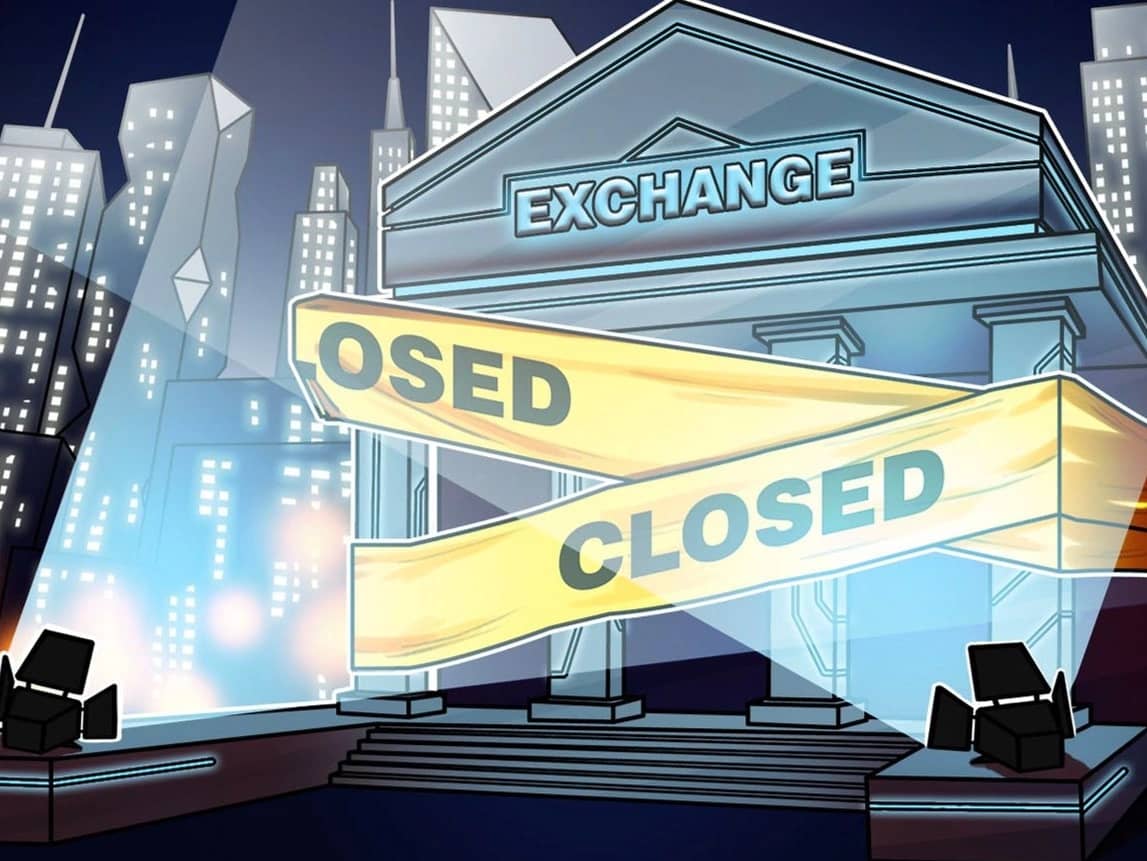위키 구독하기
Share wiki
Bookmark
Liquidation
에이전트 토큰화 플랫폼 (ATP):에이전트 개발 키트(ADK)로 자율 에이전트 구축
Liquidation
청산 또는 암호화폐 청산이란 암호화폐 시장에서 트레이더의 포지션이 강제로 청산되는 과정입니다. 이는 트레이더의 마진 계정이 상당한 손실 또는 유지 관리 요구 사항을 충족할 만큼 충분한 마진이 없어 열려 있는 포지션을 더 이상 유지할 수 없을 때 발생합니다.[5]
시장이 레버리지 포지션에 대해 크게 반대로 움직이면 사용자는 전체 담보 (또는 초기 마진)를 잃을 수 있으며 포지션이 청산될 수 있습니다. 다시 말해, 초기 자본 투입액은 거래소에 몰수됩니다. 포지션을 청산하면 트레이더가 더 많은 부채를 축적하지 않도록 하고 거래소가 미결제 자금을 회수할 수 있도록 합니다.[6]
개요
암호화폐 청산을 시작하는 데 걸리는 시간은 사용 중인 거래소의 유형에 따라 크게 다를 수 있습니다. 중앙화 거래소(CEX)에서는 청산이 거의 즉시 발생하여 몇 초에서 몇 분까지 걸릴 수 있습니다. 이러한 신속한 프로세스는 엄격한 마진 요구 사항과 포지션을 끊임없이 모니터링하여 필요할 때 청산을 시작하는 고급 알고리즘을 사용하기 때문에 가능합니다.
반면, 탈중앙화 거래소(DEX)의 청산은 오랜 시간이 걸릴 수 있습니다. DEX 환경에서는 트레이더가 자신의 마진 관리 책임을 지닙니다. 따라서 포지션을 청산하려면 주문을 이행할 매칭 구매자 또는 판매자를 찾는 데 시간이 걸릴 수 있습니다.
이 영역에서 중요한 개념은 '청산 가격'으로, 이는 마진 전제 조건을 충족하지 못하여 거래소가 트레이더의 포지션을 자동으로 청산하는 자산 가격 임계값을 말합니다. 이 가격은 사용된 레버리지 정도, 마진 규정 및 현재 시장 상황을 포함한 여러 요인에 따라 변동될 수 있습니다.
시장 변동성은 청산 가격이 얼마나 자주 변하는지를 결정하는 주요 요인입니다. 변동성이 큰 시장 상황에서는 청산 가격이 더 자주 조정될 가능성이 높습니다. 반대로 시장이 안정적인 시기에는 청산 가격이 비교적 안정적으로 유지되는 경향이 있습니다.[10]
청산 유형
부분 청산
부분 청산은 사용자의 포지션 일부를 청산하여 위험 노출을 줄이는 것을 포함합니다. 이러한 유형의 청산은 일반적으로 자발적이며, 트레이더는 자신의 전체 거래 지분을 잃지 않기 위해 이렇게 합니다.[3] 예를 들어, 트레이더는 공매도 포지션을 충당하거나 다른 재정적 의무를 충족하기 위해 비트코인을 청산해야 할 수 있습니다. 이 경우 트레이더는 원래 매입 가격보다 높든 낮든 현재 시장 가격으로 비트코인을 판매하는 것이 일반적입니다. 그러나 어떤 경우에는 트레이더가 시장 가격보다 낮은 가격으로 비트코인을 판매해야 할 수도 있습니다. 이는 청산 가격이 될 수 있으며, 일반적으로 비트코인이 판매되는 거래소에서 결정됩니다.
비트코인이 43,000달러 미만으로 떨어졌을 때 8억 1,200만 달러가 넘는 암호화폐 선물이 청산되어 장기 암호화폐 트레이더에게 큰 손실을 초래했습니다. 이는 트레이더의 초기 마진이 부분적 또는 전체적으로 손실되었기 때문입니다.[12]
강제 청산
강제 청산은 전체 청산이라고도 하며, 트레이더가 레버리지 포지션에 대한 '마진 콜'을 충족하지 못하거나 충족할 수 없을 때 발생합니다. 손실을 충당하기 위해 전체 거래 잔액을 매각하는 것을 포함합니다. 다시 말해, 포지션을 유지할 만큼 충분한 자금이 없습니다. 이러한 상황에서는 거래소가 손실을 충당하기 위해 트레이더의 포지션을 자동으로 청산합니다.
강제 청산은 일반적으로 추가 청산 수수료를 유발하며, 이는 트레이더가 청산되기 전에 수동으로 포지션을 청산하도록 장려하기 위해 마련되었습니다. 심각한 경우에는 청산으로 인해 마이너스 잔액이 발생할 수 있습니다. 일부 거래소는 보험 자금으로 정산하는 방법을 포함하여 다양한 방법을 사용하여 이러한 손실을 충당합니다.[7][9]
예를 들어, BitMex에서 1억 9,000만 달러가 청산되었습니다. 거래소가 선물 계약에 대해 최대 100배의 레버리지를 제공하지만 사용자는 차입한 금액에 대한 마진 콜을 받을 위험이 있으며, 이는 포지션 청산으로 이어질 수 있습니다.[14]
롱 및 숏 청산
'롱'과 '숏'이라는 용어는 투자자가 어떤 유형의 거래를 하고 있는지를 나타냅니다. 숏 거래는 가격 상승에 대한 베팅이며, 따라서 숏 청산은 이러한 유형의 거래에서 발생하는 청산을 의미합니다. 예를 들어, Deribit은 56.32%의 높은 숏 청산 비율을 보였습니다. 롱 거래는 가격 수준이 상승할 것으로 예상하는 거래이며, 롱 청산은 이러한 거래에서 발생하는 청산입니다. 예를 들어, OKX는 98.2%의 가장 높은 롱 청산 비율을 보였습니다.[7][13]
청산 비율
청산 비율은 담보의 부분 청산이 트리거되는 담보 비율 수준입니다. 이는 담보 비율이 125%로 떨어지고 DAG가 사용자의 담보를 부분적으로 청산하는 상황을 나타냅니다.[6]
잘못된 내용이 있나요?
